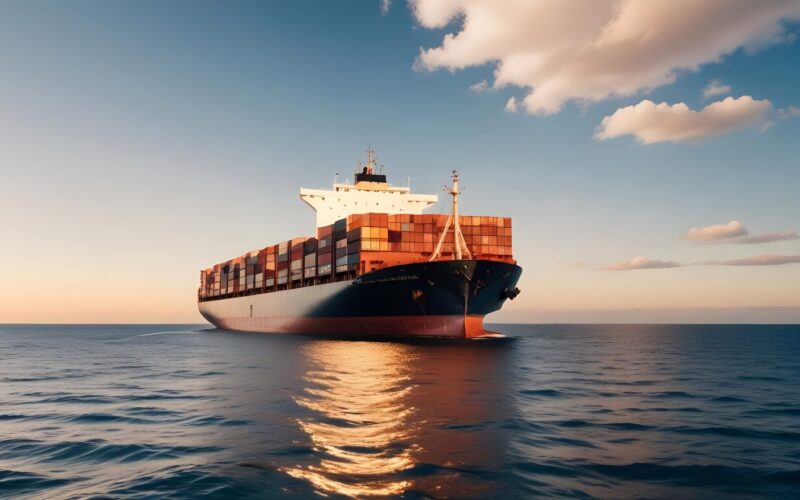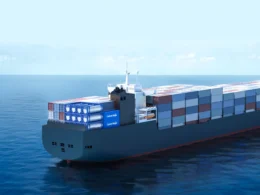Chinese researchers have found a method to significantly lower the fuel consumption of cargo ships. Under this method applying a bionic skin inspired by dolphins to a ship’s propeller can reduce fuel usage by 2%.
The Ningbo Institute of Materials Technology and Engineering, part of the Chinese Academy of Sciences, has developed this technology. The technique was tested on a 300,000-ton “very large crude carrier,” which made three oil delivery trips between Chinese and Middle Eastern ports over 200 days, covering more than 35,000 nautical miles.
Although a 2% reduction in fuel consumption might seem modest, the research team estimates it will result in a savings of over 300 tons of fuel annually. This reduction translates to a decrease of 900 tons in carbon emissions, helping to mitigate the effects of climate change and extreme weather events that impact the global food supply.
According to the Ningbo Institute, the cost of applying the bionic skin to a propeller is $20,000, but it could save over $140,000 per year in fuel costs.
The bionic skin mimics the skin of dolphins, which is designed to minimise turbulence due to its flexible microstructure and mucus excretions. While the researchers also considered shark skin, they found that dolphin-inspired skin offered the best combination of effectiveness and cost-efficiency. “Different from bionic shark skin, the bionic dolphin skin has a comparatively simpler structure and is more cost-effective,” said Zeng Zhixiang, a researcher at Ningbo.
If this technology proves effective, its widespread adoption by shipping companies could significantly impact global carbon emissions. This development is part of a broader effort to reduce pollution from the shipping industry, which contributes nearly 3% of global warming emissions.
In related innovations, a French company is exploring the use of giant kites to propel ships, potentially reducing reliance on fossil fuels. Earlier this year, China launched two all-electric container ships, aiming to eliminate the use of dirty energy. On land, the Port of Los Angeles recently began operating the world’s first hydrogen-powered crane, which emits only water vapor as it handles container ships.





















